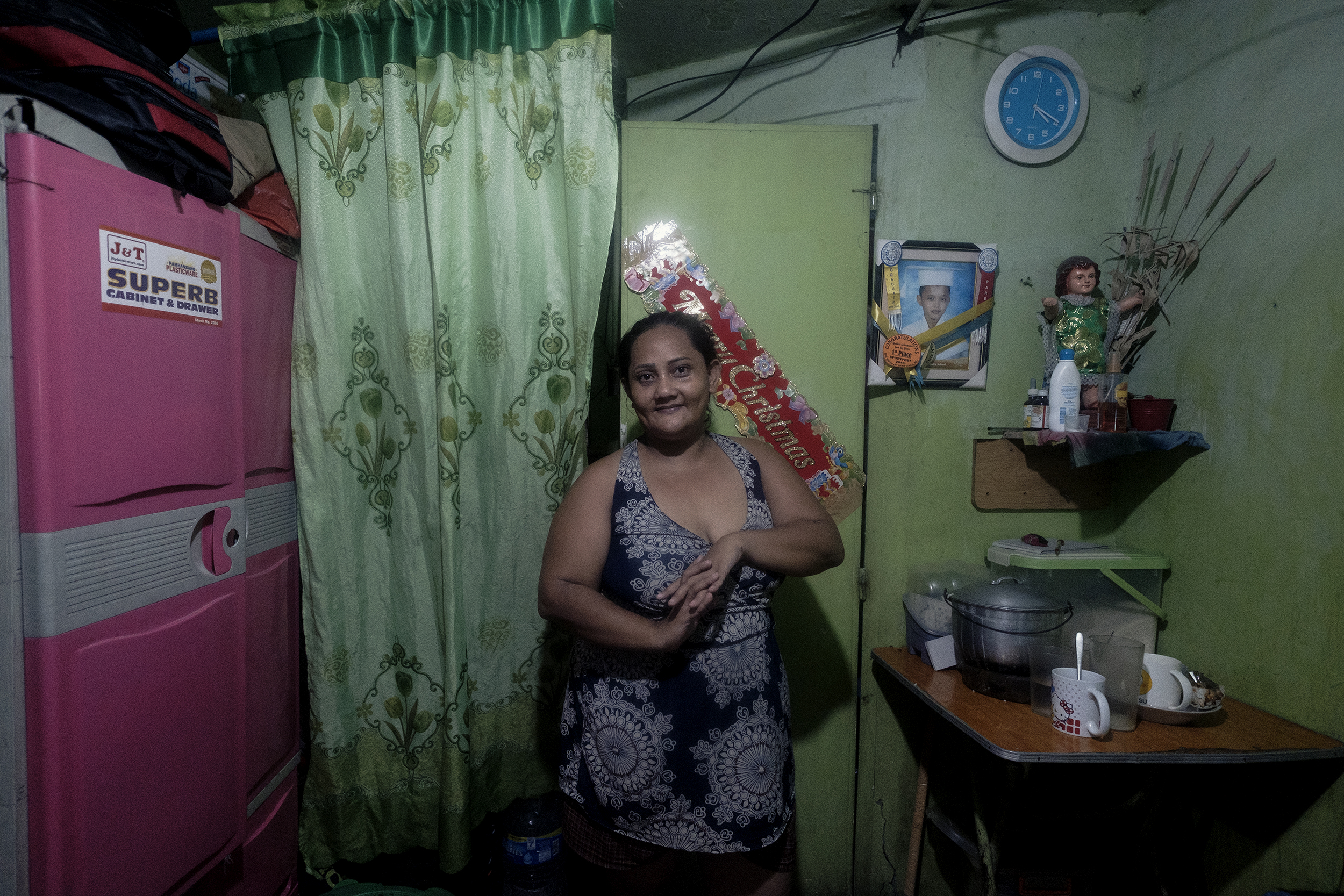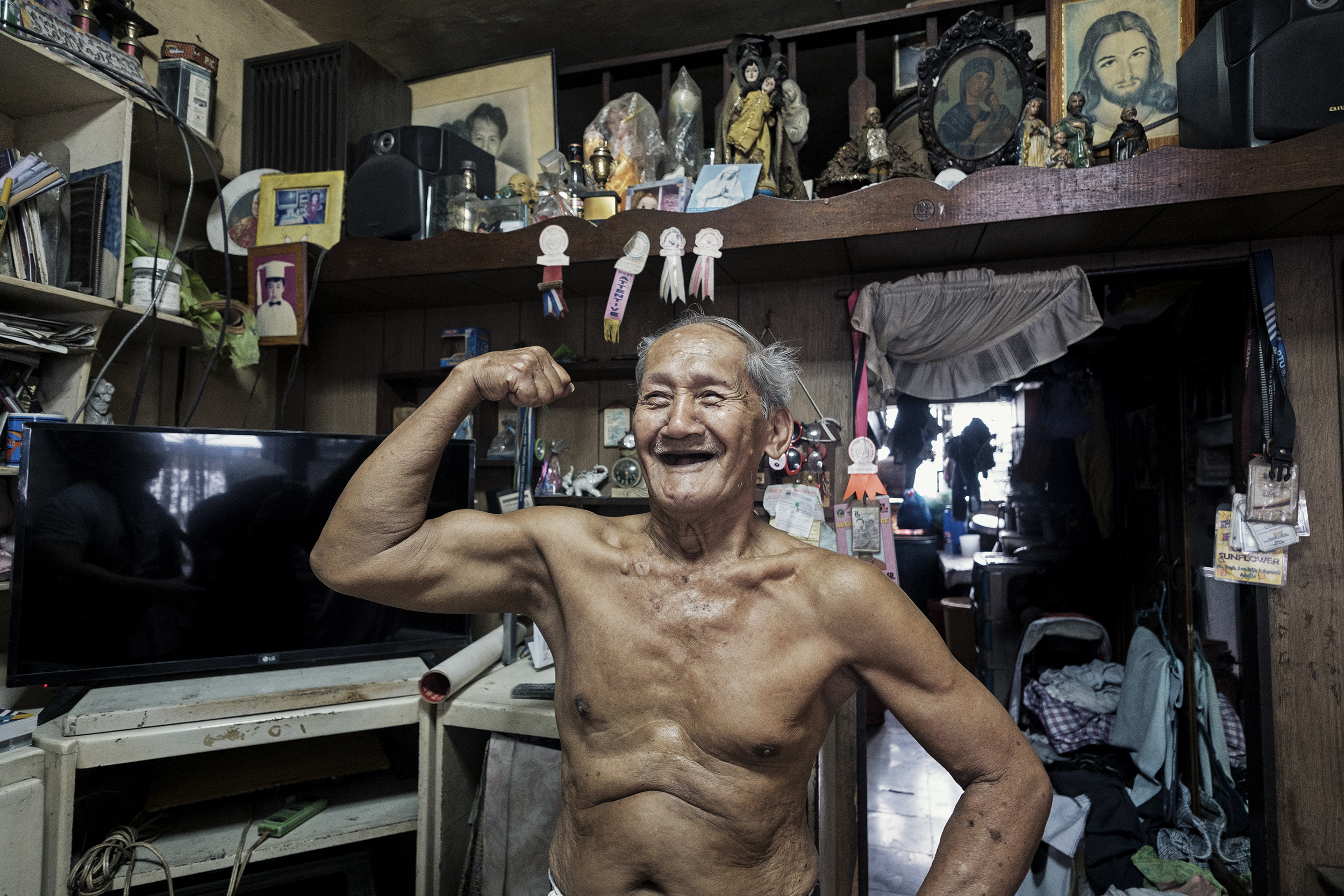TENEMENT MANILA
METRO MANILA (2019)
Metro Manila, the capital of the Philippines, is a sprawling metropolis with a population nearing 14 million. To house the ever-growing population various government administrations built tenement buildings throughout the city. These tenements, while housing many Manileños, also served as subsidized homes for low-income residents. Over time as administrations changed and urban development shifted, many residents were left to fend for themselves and their buildings. Today many of these complexes do not meet adequate living standards; most do not have running water, electricity or garbage collection. Many families have been residents for several generations and work together to make up where the government has failed them.
Built in the 1960’s, both the Taguig and Punta tenement buildings have been deemed condemned by government officials who are eager to relocate the residents, demolish the tenements and build new highly funded construction projects. Residents of the Sapari Homes have been given until 2020 at which point their homes will be leveled due to a skyway and other development planned by the city. For those who reside in the Sambahayan Housing Projects (est. 1997) and the Vitas Projects (est. 1994) their future is equally uncertain.
Manila is is ever expanding with new arrivals moving to Manila in search of big city jobs and opportunity. Cost of property and value of land is increasing and under-served communities are caught in the cross hairs of land developers and urban planning. Life in the tenements of Manila is a world unto itself. They have their own officials, economies, DIY water sources, restaurants, and ambiguous electricity sources. Only time will tell what happens to these communities, but one thing is certain: as the city landscape changes these tenements will become a part of disappearing Manila.
















































